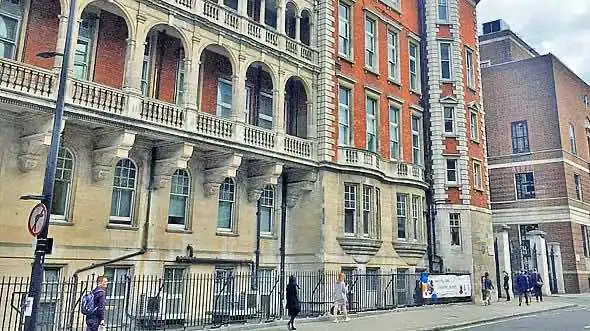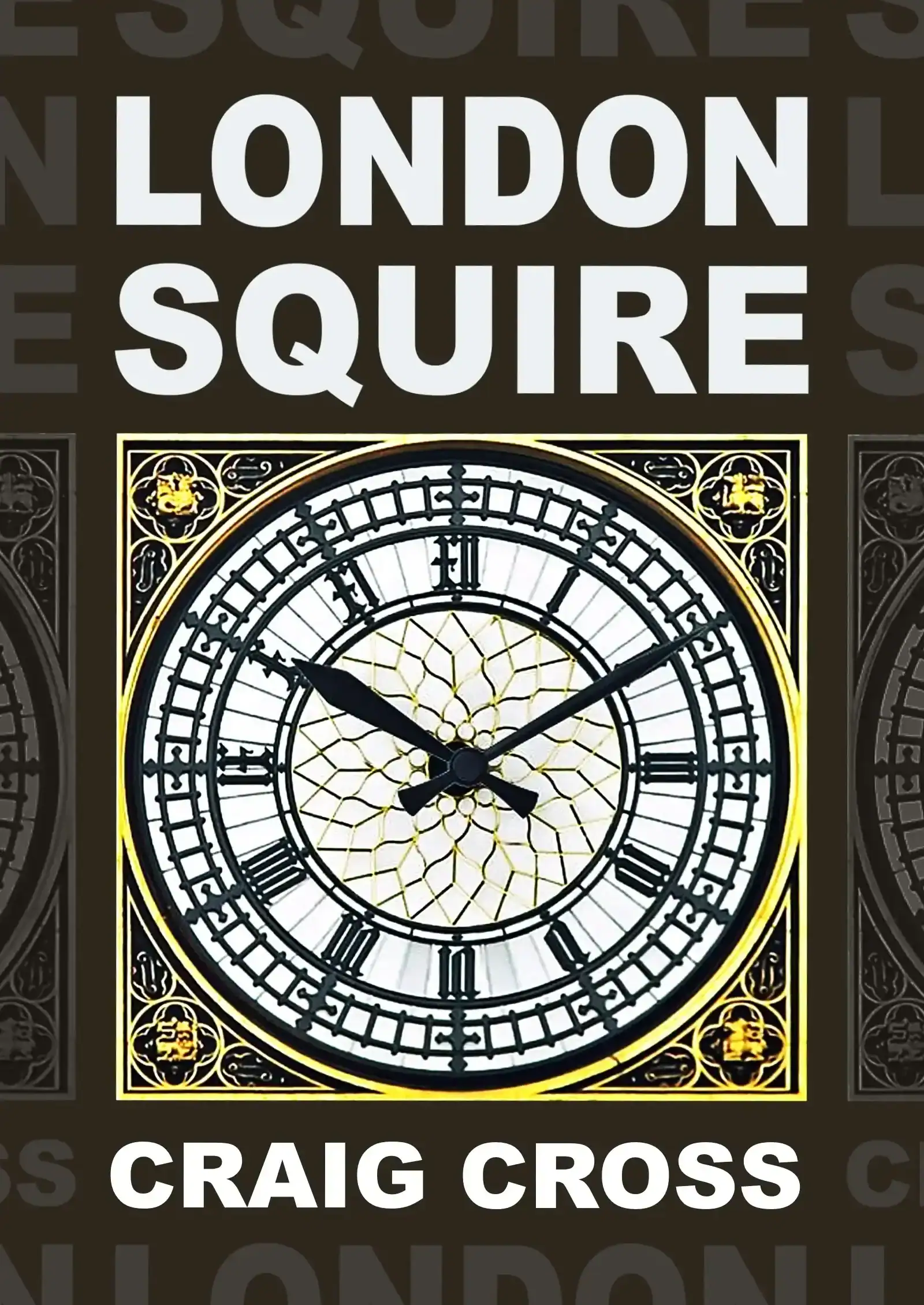
Alexander Fleming was the Scottish doctor who discovered penicillin and received a Nobel Prize, a knighthood from the king, had streets and squares and schools named after him, had his face painted on a banknote, and now they’ve turned his hospital laboratory into a museum.
St. Mary’s Hospital
In order to get there you have to walk through a few corridors of the hospital itself… those never-ending white tiled corridors that seem to go on forever. Past the neurology department, past the iron pipes and double doors, past the ward signs, toilets and chapels, and past the waiting patients slumped on the seats. I’m not a big of hospitals (except when I’m ill) so I keep my head down and keep quiet until I find the reception. Then the guide comes along and takes you up the stairs.
Alexander Fleming’s laboratory
If you’re expecting to find a sparkling white science lab filled with microscopes and lab coats then prepare to be surprised because Fleming’s laboratory is just a pokey little office on the second floor. It reminds me of those messy stock cupboards that your teacher used to disappear into whenever he wanted a break from his unruly students, and I can easily imagine him sitting in here with his radio on (classical music probably), with a cigarette burning down in the ashtray which he has completely forgotten about (too engrossed in his work to notice). It’s a typical bloke’s lab – it looks as if a bomb’s gone off in it. You’d think that being a scientist he might have been quite tidy, but nope. His desk is that of a mad inventor, a crazy experimenter, strewn with dirty test tubes, discarded petri dishes and faded pages of scribbled notes.
Fleming’s discovery of penicillin
The story goes that he was sitting up here staring out of the exact same window, daydreaming about the family holiday that he was supposed to be going on the next morning. When the clock hit home time he stacked all his experiments on a bench and left, and when he came back a few weeks later he discovered that his petri dishes had been contaminated with mould. So that was how he discovered it – by accident. By leaving the lids off his dishes when he was paddling his feet in the sea. But that’s when his brains kicked in, because anybody else would have just chucked them straight in the dustbin and started again, but Fleming recognised that the mould had killed the bacteria.
I won’t tell you what happened next because you need to learn something on your visit, so let me just say this: by the time you’ve listened to the guide’s ten-minute monologue, watched a ten-minute documentary in the telly room, and waded through another ten boards of supplementary information in the room next-door, you’ll probably be in need of some medicine yourself.
It’s an educational slog, but an informative one if you’ve got an interest in the subject matter. But you really do need to have an interest in Fleming already. If you’re just a curious tourist then I’d definitely give it a miss.
If you enjoy this then try Florence Nightingale Museum (catch a tube from Paddington to Waterloo); Hunterian Museum (travel from Paddington to Holborn by underground); Old Operating Theatre (take a tube journey from Paddington to London Bridge) and Wellcome Collection (travel from Paddington to Euston by tube). There are lots of interesting medical exhibits at the Science Museum as well
 The author Craig Cross owns city-guide.london and has spent the last decade reviewing the capital’s landmarks, attractions and hotels. His guidebook London Squire is available from Amazon
The author Craig Cross owns city-guide.london and has spent the last decade reviewing the capital’s landmarks, attractions and hotels. His guidebook London Squire is available from Amazon
Your comments and questions
Rhaham I am an agriculturist by profession and was taught about penicillin in my intermediate biology book. I heard his name as an inventor but was not informed about his laboratory. It is my hope to make a visit to this museum
HenryM It's a modest little museum, but like many modest places, the effect it had on science outweighs its size. This is truly a mecca for students interested in the history of medicine.
MrsH I enjoyed our visit to the museum and our guide was very informative and friendly. Thank you!
Leave a comment